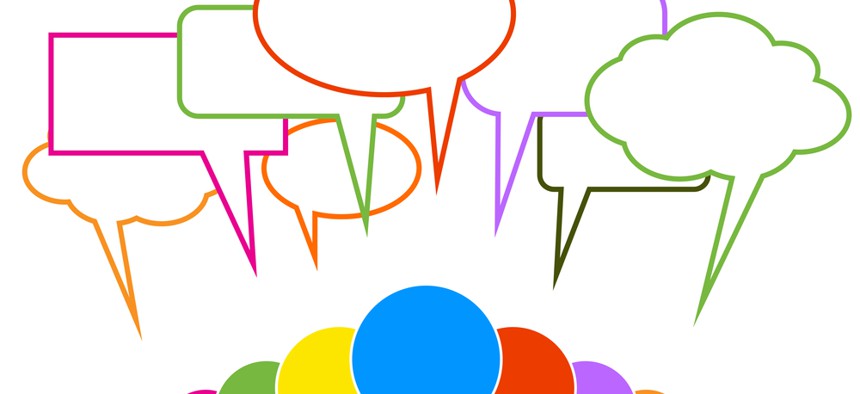
Image via Warakorn/Shutterstock.com
Five Emerging Innovation and Social Media Trends and Why They Matter Now
Social media and a renewed emphasis on innovation is transforming how government agencies operate and how they interact with citizens.
Social media and a renewed emphasis on innovation and DIY—exemplified by the Maker Movement and the rise of intrapreneurs—is transforming how government agencies operate and how they interact with citizens. Within the past four years, the number of networked computers that can connect to public or private sensors and feed into or draw from massive databases has exploded, both in terms of absolute numbers and relative to the population.
The effect of these converging factors is that governments at every level are finding new ways to improve three critical tasks:
- Real-time data collection and analysis to drive decision-making
- Efficient use of physical and communication networks
- Managing citizen participation in agency activities
When each of the above actions are done well, mission-critical activities are developed thoughtfully and implemented effectively. These characteristics contribute to the creation of an effective government. While governments have long sought to execute policies through thoughtfully developed and effectively implemented programs, the current environment presents a new challenge for governments at the federal, state, and local level.
Awash in data and the sensors for gathering it; surrounded by expansive and expanding networks through which information and material can flow; and assisted by innumerable people connected to those networks, governments today must comprehend and command increasingly complex and dynamic systems that affect how they make and implement decisions. Further, citizens—especially during an emergency, as we have seen this week—expect to participate in these recovery efforts in meaningful ways. At the very least, they demand to remain informed about their conditions in a more transparent and immediate ways than ever before.
The following five emerging trends in innovation and social media will require government attention if agencies are to achieve the levels of responsiveness and effectiveness that Americans experience in their professional and personal lives and have come to expect from their government. Throughout the next few weeks, I'll examine each of these trends in detail and demonstrate how it influences data collection and analysis; challenges or enhances the efficient use of networks; and alters the citizen participation dynamic.
- Always-on Connected Devices
- Public and Private Networked Sensors
- 3D-Printing Plus
- Advanced Sharing
- Identity Management and the Collapsing Borders between Personal and Professional Life
The importance of social media and innovation has moved many agencies to create positions that focus on those tasks. Since the issuance of the Open Government Directive in 2009, many government leaders have sensed an intrinsic value in social media and innovation; it is my goal that throughout this series, I will demonstrate how these five trends have specific value both in emergencies and during normal operations when they are incorporated thoughtfully.
Further, these issues only gain currency during an emergency, like Hurricane Sandy. That's because in an emergency, many Americans feel a desire to become part of the relief team--to answer to "all hands on deck." At the same time, many people in the affected areas become recipients of that charity, often an unfamiliar role. And all the while, public- and private sector actors as well as nonprofit organization—like the Red Cross and the Humane Society—do their part to provide assistance. All of this occurs against a backdrop of dramatic and dynamic conditions in which lives may, quite literally, hang in the balance.
Over the next few weeks, I’ll explore how these trends will change how agencies operate both in routine and extraordinary circumstances.
Follow Excellence in Government on Twitter | Facebook | Google + | LinkedIn
(Image via Warakorn/Shutterstock.com)







